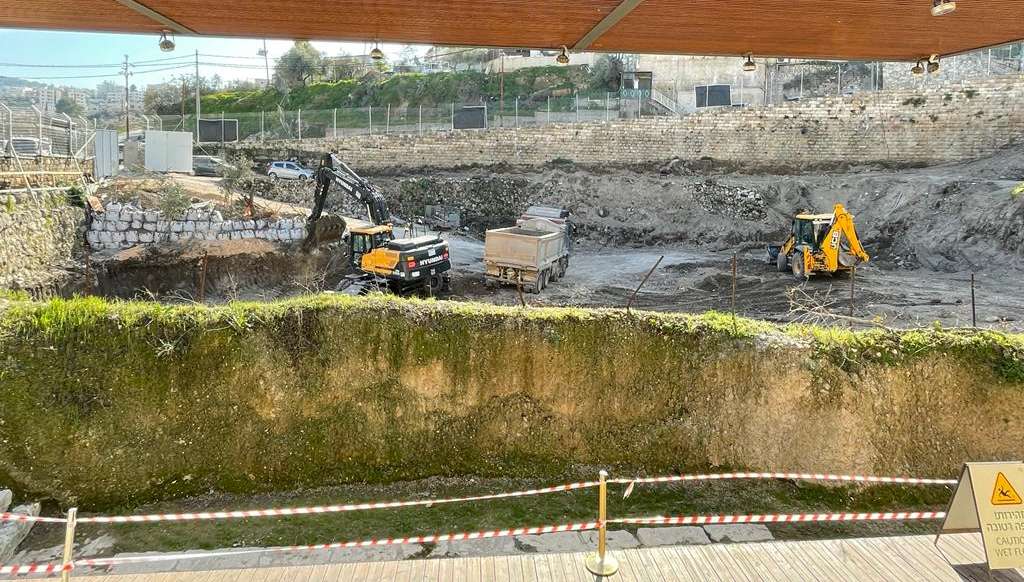“A new study utilizing advanced remote sensing technology and data analysis has found it is unlikely that Rujm el-Hiri, an ancient stone megalithic structure in the Golan Heights, was used as an observatory.”
Aviva and Shmuel Bar-Am join the excavating archaeologist for a tour of the Mirsham Farmhouse, a little known Israelite-era four-room house in the southern Shephelah.
Chandler Collins surveys some notable contributions to Jerusalem’s history in 2024, including new history books, social media, excavation reports, conferences, and museums.
Jodi Magness discusses the tomb of King Herod on The Ancients podcast.
Hybrid symposium on May 17: “The Life of Jesus in History and Archaeology—A Public Symposium,” with R. Steven Notley, Jordan J. Ryan & James R. Strange; moderated by Glenn J. Corbett & Robert Duke (in-person $99; virtual $30)
On Mar Shiprim’s new YouTube channel, Eric Cline and Glynnis Fawkes discuss their collaboration in adapting 1177 B.C. The Year Civilization Collapsed book into a graphic history.
Brad Gray has begun a new series, this one on “Biblical Images of God.” The first episode is on living water.
Bible History Daily names the top ten biblical archaeology stories of last year, in no particular order.
Turkish Archaeological News has a roundup of major stories in the month of December. They also have a review of the top discoveries in 2024. Their list includes three new publications written by Izabela Miszczak:
- Highlights of Ephesus
- From Antalya to Alanya. Highlights of the Turkish Riviera
- Byzantine Secrets of Istanbul
HT: Agade, Gordon Franz, Ted Weis, Joseph Lauer, Arne Halbakken, Explorator
